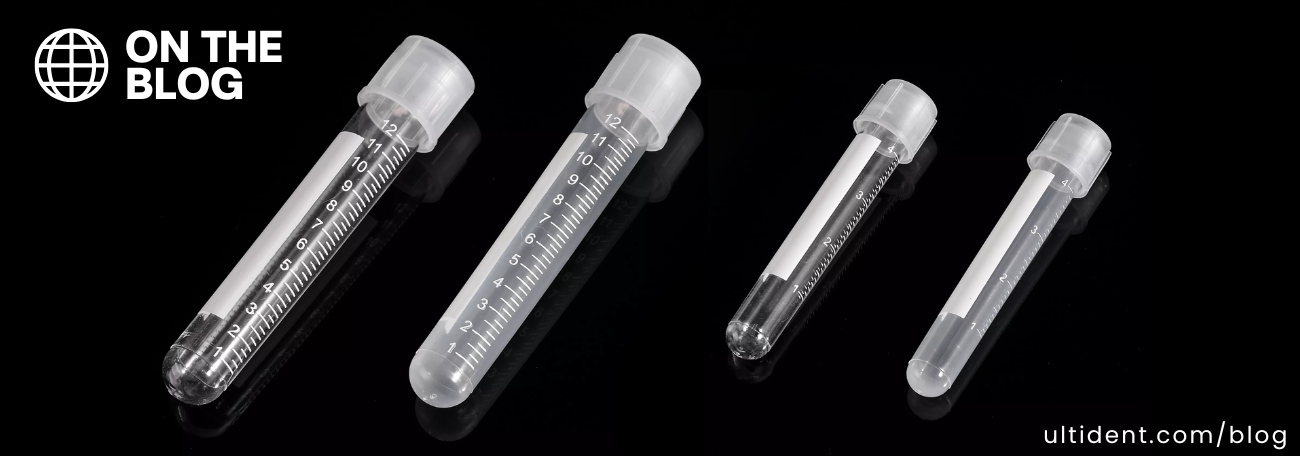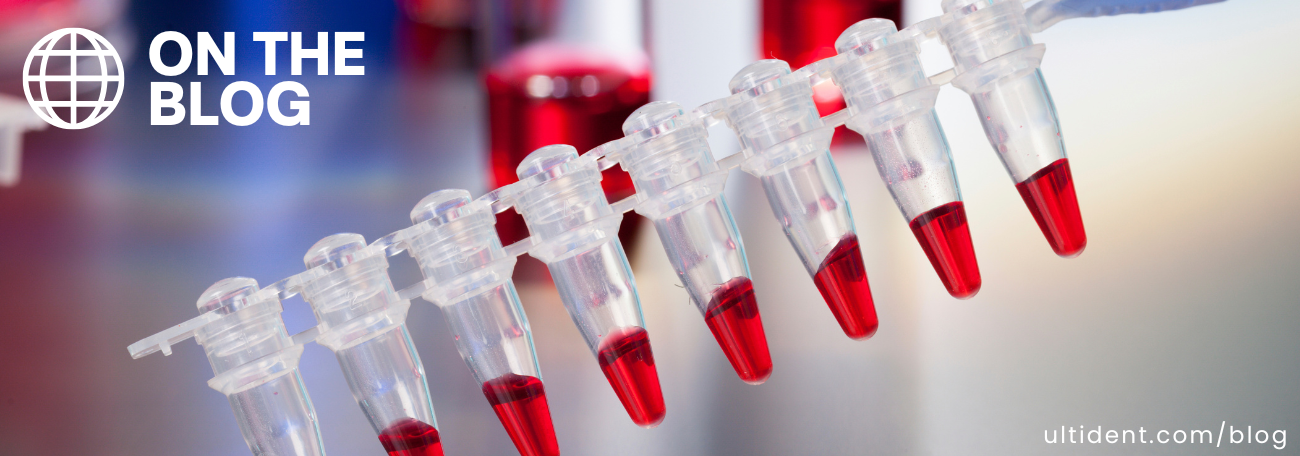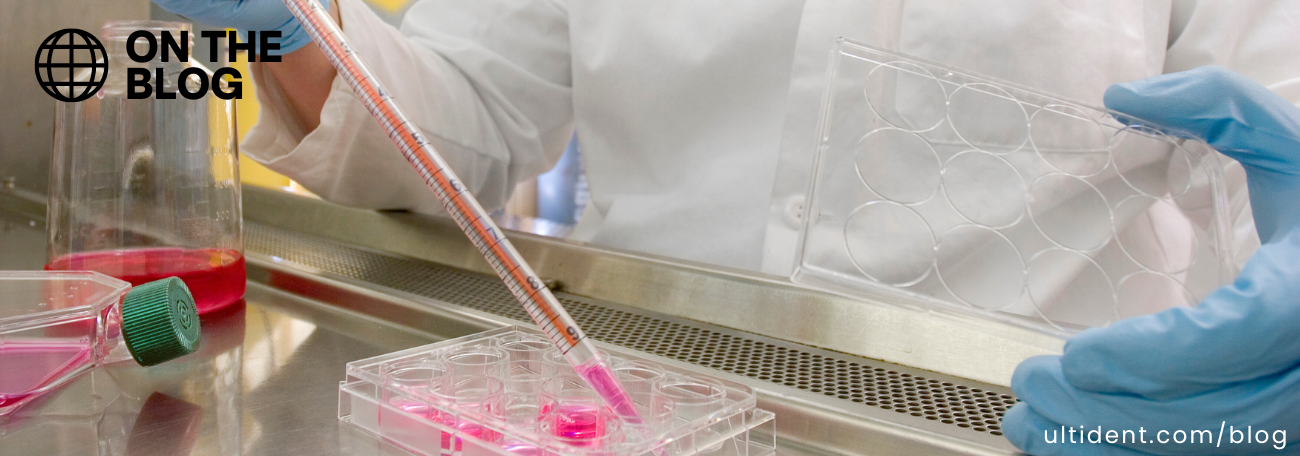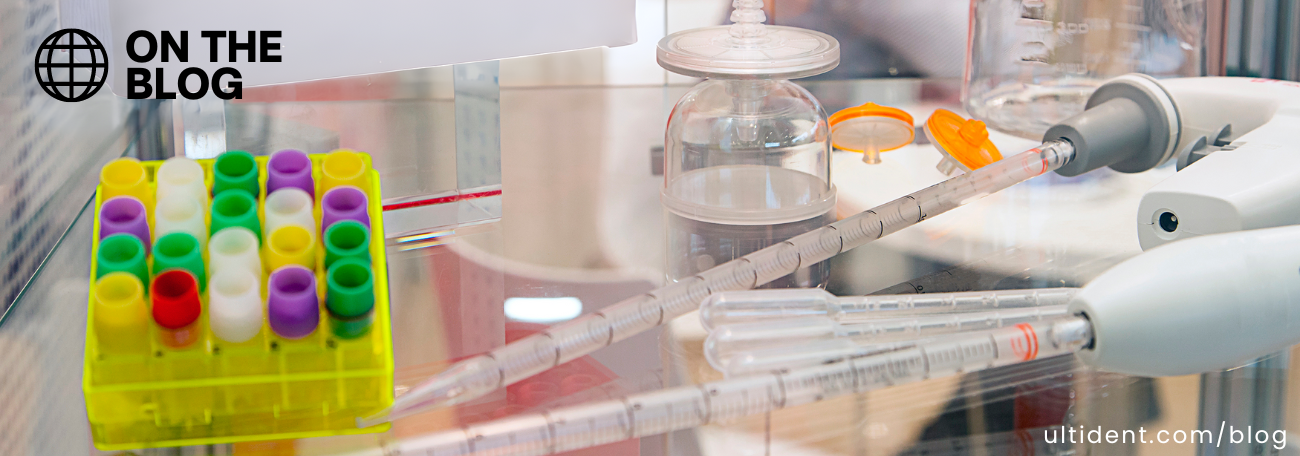From Tissue to Technology: 8 Fun Facts About Cell Culture Research
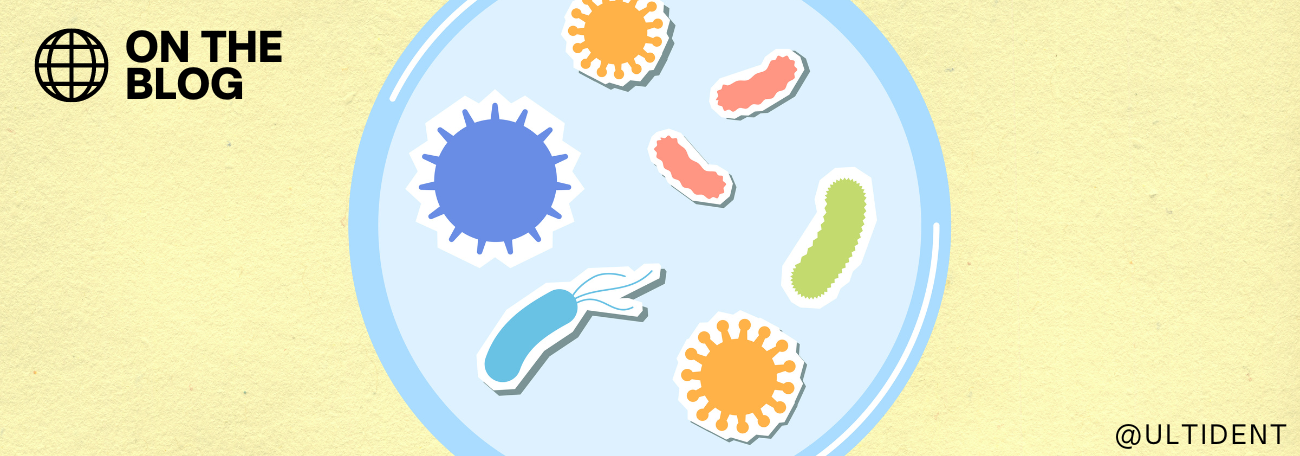

From Tissue to Technology: 8 Fun Facts About Cell Culture Research
1- In 2020, stem cell experiments were launched into space.
Two lead research from the University of Zurich sent adult human stem cells to the International Space Station. The experiment started on March 6th 2020 as part of a resupply mission on Space X’s CRS-20. The researchers are testing an innovative method to produce human tissue, and hope to gain a better understand of how human tissue is produced in the weightless atmosphere of space.
2- Frog nerve fibers were the first successfully cultured animal cells grown outside the human body.
In 1907, American zoologist Ross Granville Harrison cultured frog neuroblasts in a lymph medium. This proved that nerve fibers can be developed without a pre-existing bridge or chain and that tissues can be grown outside of the body. This finding helped pave the way for stem cell research, an understanding of the nervous system and surgical tissue transplant techniques
3- There are over 6 metabolic processes and assays that can be used to study diabetes.
As the prevalence of diabetes grows, so does the research effort to find treatments. Innovative cellular assays and models can become the key to developing therapies thanks to their ability to give a full picture of the diabetic metabolic system and help researchers understand cross-talk across body systems. Some assays that will help expand research include glucose uptake assays, glucose assays, lipid assays, fatty acid uptake assays, DNA damage detection assays and reactive oxygen species detection assays.
4- The first modern medium used to grow mammalian cells was created in 1950.
Developed by J.F Morgan in 1950, Medium 199 was born from the idea of designing a chemically defined medium without animal components. Medium 199 was ideal for vaccine production allowing for large-scale manufacturing of vaccines for the polio vaccination campaign in 1955
5- The idea of “Bioprinting” human cells was invented in 2003.
Bioprinting is process that uses a technique similar to 3D printing, it uses a digital file as a blueprint and can print a 3D object layer by layer. The concept was invented in 2003 when Thomas Boland, a bioengineer at the University of Texas, noticed that ink droplets were about the same size as human cells. This prompted him to fill an ink cartridge with bio-compatible substances to create “bioink”. Bioprinting is currently being used to print tissues and organs to help research drugs and pills and is predicted to have a huge impact on drug development, artificial organs, and wound healing.
6- Researchers successfully bioprinted a 3D human heart from fat tissue in 2019.
A new protocol for 3D-printing thick, vascularized, and perfusable hearts from a biopsy of human tissue was published in April 2019. While these hearts are miniature and do not beat, they completely match the immunological, cellular, biochemical, and anatomical properties of the patients and could lead to finding new treatments for cardiac diseases.
7- A new method called “supercooling” could increase preservation time of human organs.
In 2019, researchers showed that storing human livers at –4 °C with supercooling extended the life of the organ from 12 to 27 hours which could drastically expand access to liver transplantation. They also showed that viability of livers before and after supercooling is unchanged, and that after supercooling livers can withstand the stress of simulated transplantation.
8- More than half of researchers are unable reproduce their own experiments.
Two independent surveys found that the majority of researchers were not able to reproduce experiential data. One 2013 study on cancer researchers found that ∼50% of respondents had experienced at least one episode of the inability to reproduce published data. Another survey conducted in 2016 showed that more than 70% of researchers have tried and failed to reproduce another scientist's experiments, while more than half have failed to reproduce their own experiment. While reproducibility remains a big problem in research, it does not mean that the result is wrong with over 70% of researchers trusting the published literature even if it is not reproducible.
Ultident Scientific carries a wide range of cell culture research equipment. Click here to browse our cell culture essentials.

